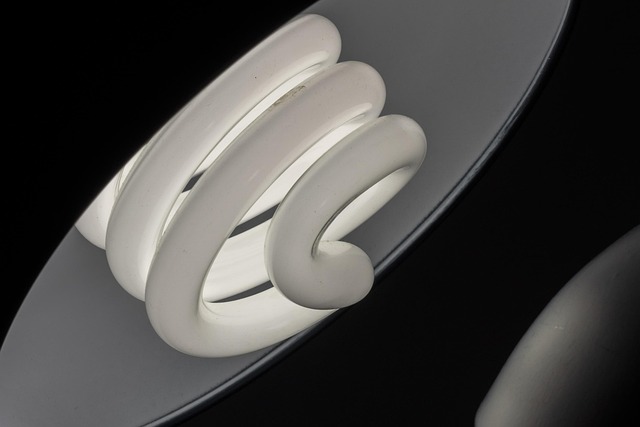As photography enthusiasts, we are constantly on the lookout for ways to enhance our craft, and understanding Kelvin lighting can take your photos to the next level. The beauty of photography lies in its ability to capture moments, emotions, and atmospheres, all of which are significantly affected by lighting. Knowing how to manipulate and utilize different color temperatures, measured in Kelvin, can help create stunning images that truly resonate.
In the photography world, Kelvin refers to the temperature of light emitted by a source, influencing the mood and tone of your photos. Whether you’re shooting in bright sunlight, a cozy indoor setting, or during the golden hour, mastering Kelvin can profoundly impact your work. Each light source—from the warm glow of a candle to the cool blue of twilight—has its unique Kelvin temperature, affecting the overall feel of your images.
When you pick up your camera, consider what kind of emotion or atmosphere you wish to evoke. Shooting under daylight offers a color temperature around 5500K, which produces vibrant, true-to-color results. Conversely, indoor lighting, often around 3000K-4000K, creates a softer, more intimate tone, perfect for portraits or still-life compositions. By adjusting your camera’s white balance to match the Kelvin temperature of your light source, you can maintain the correct colors in your photographs.
Another crucial aspect of photography that many overlook is how changing your light source can dramatically alter a photo. For instance, during golden hour—just after sunrise or before sunset—the light takes on a warmer Kelvin value of around 2500K-3500K, which can transform an ordinary scene into a breathtaking image. Emphasizing warm tones heightens emotion and creates an inviting atmosphere that draws viewers in, inviting them to experience the moment right along with you.
Don’t underestimate the power of utilizing artificial lighting in your photography. Softboxes and LED lights can be adjusted to specific Kelvin temperatures, enabling you to replicate those golden hues even indoors. Experimenting with these tools can help you achieve the desired look, no matter the location or time of day. When using different light sources, always be mindful of how they blend together—this can create captivating contrasts that add depth and interest to your photos.
Understanding the principles of optics and how light interacts with your camera’s sensor will also serve you well on your photographic journey. Utilizing filters can further enhance your images, as they can help adjust the light temperature reaching your lens. Learning how to balance light, shadow, and color temperature can elevate your photography, providing you with a newfound appreciation for the intricate art of capturing moments.
To wrap it up, immersing yourself in the world of Kelvin lighting will undoubtedly enhance your photography skills. By experimenting with different light sources and being mindful of their color temperatures, you can create stunning, evocative images that resonate with your audience. Remember, the secret to capturing that perfect shot lies just as much in the lighting as in your compositional skills!




